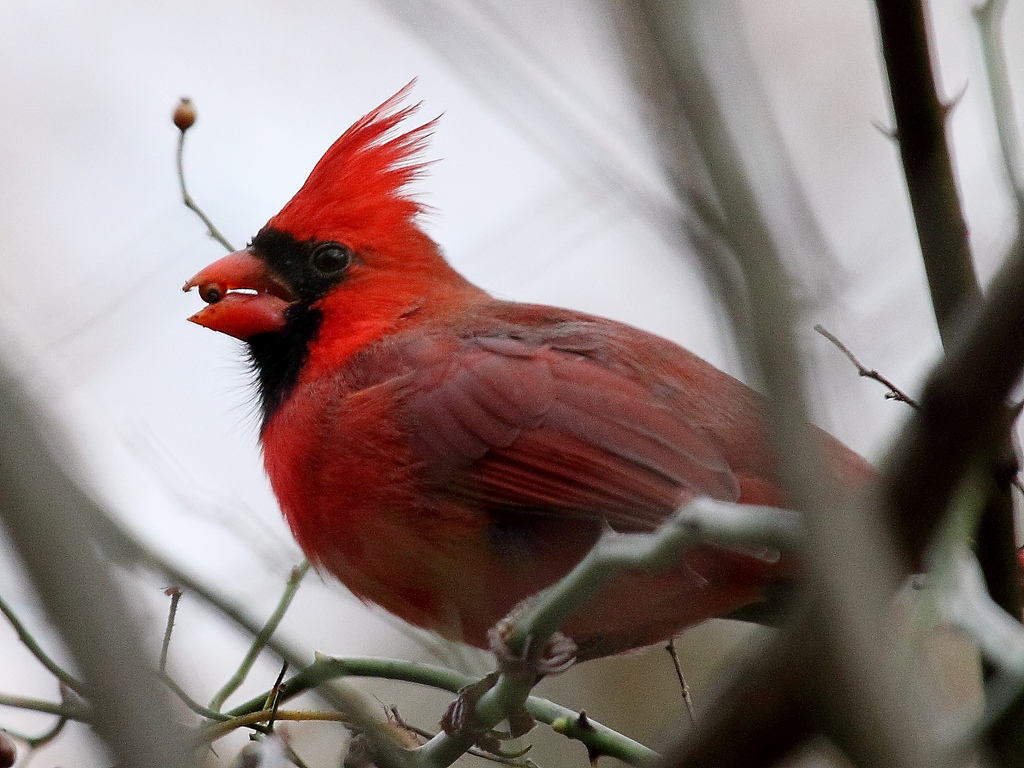Green roofs and walls have growing popularity both in commercial and residential applications. In addition to their unique aesthetics, the benefits of the technology can be measured in a variety of ways.
Ecological/environmental
- Stormwater management: Depending on the design, storm water run-off is reduced by 50 to 90%, which lessens the impact on existing sewer systems.
- Heat reduction: Green roofs improve a roof’s thermal resistance and reduce cooling costs in warm weather.
- Reduction of dust and smog levels: Green roof vegetation filters airborne particles. Contaminants are filtered from the air and absorbed into the soil.
- Reduced noise levels: Extensive green roofs (short vegetation) reduce reflective sound by up to three dB and improve sound insulation by up to eight dB. This is particularly important with buildings near airports, factories or busy roads.
- Therapy and health: Hospitals and health facilities utilize the therapeutic benefits of green roofs. These facilities sometimes use gardening as a tool to enhance the healing process for patients. Plus, the person can enjoy the comfort, fresh air, and landscape while restoring their health.
Owner benefits
- Reduction of capital costs: Industrial companies or other businesses build green roofs to reduce costs on energy and roof upkeep. Green roofs insulate and protect buildings (e.g. weather conditions and sun’s U.V. radiation), which reduces energy consumption and increases the durability and longevity of the roof.
- Addition of Usable Space: Property value is increased when the building’s roof is repurposed as an attractive and amenity for the building's occupants. As a recreational space, green roofs can help improve their well-being and overall health. The opportunity also exists to grow edibles for an employee garden or onsite restaurant kitchen.
- Building Incentives: Many government agencies offer incentives to help offset the costs. In a September 2009 Gizmag article, a recent study was cited that demonstrates a direct correlation between green roofs and the reduction of CO2.
"[R]esearchers have attempted to quantify the benefits of covering urban rooftops with plants. The scientists found that replacing traditional roofing materials with ‘green’ in an urban area the size of Detroit with a population of about one-million, would be equivalent to eliminating a year's worth of carbon dioxide emitted by 10,000 mid-sized SUVs and trucks. Their study is the first to examine the ability of green roofs to sequester carbon that may impact climate change and the findings are scheduled to appear in the journal Environmental Science & Technology."
Steps that help ensure green roof success:
1) Hire structural analysis consultants and experienced design/build teams.
Before any construction can take place, it is very important to hire licensed structural engineers or architects to determine if the site can support a green roof. These consultants will analyze the building and roof to find the following information to complete the structural analysis. (Green Roofs for Healthy Cities)
- Building: Position and structural weight loading capacity
- Existing Roof: Type of roof membrane, year of installation, current condition (Are there any leaks or damage that need to be repaired?), height above ground, roof pitch (slope), and orientation
- Is there electrical and water supply in place?
- Is the roof accessible for installation and maintenance? Determined by the type of green roof that is in place.
The company chosen to design and install your green roof should be based on the following:
- Experience and expertise
- Design features offered
- Costs
Landscape contractors usually design and install green roofs.
2) Obtain required permits from the Department of Construction and Permits
Permits needed for building a green roof can vary from city to city due to differences in climate, zoning, and building codes. It is the owner’s responsibility to be familiar with their particular communities’ zoning laws and building codes.
Note: Portland, Oregon, and Chicago, Illinois are two cities in the United States that offer incentives to build green roofs. These incentives may make the permits more accessible to those interested.
3) Determine the type of green roof
The type of green roof is determined by the load that the building can support. The structural engineer or architect can help decide which type of system is best suited to your facility based on the structural analysis of the building
- Extensive green roofs: Much lighter than intensive green roofs. Soil depth is 1-6 inches and weight load 15 – 50 pounds per square foot.
- Intensive green roofs: Much heavier than extensive green roofs. Soil depth is typically 6-24 inches (or more) and weight load is 80-150 pounds per square foot.
4) Select the right plants .
Green roof plants are selected based the type of green roof selected, soil depth, loading capacity, climate, type of irrigation system, and height and slope of the roof itself.
- Extensive green roofs: Plants such as sedums and prairie flowers are utilized because they are low to the ground, will not be destroyed by nesting birds, require less maintenance (requiring occasional weeding and watering) and can tolerate almost any kind of weather conditions.
- Intensive green roofs: Allow for a greater variety of plants including hardy perennials, native flowers, shrubs, and even trees. These plants require regular maintenance including watering and weeding.
Drought-tolerant succulents are great plants for green roofs.
5) Determine if irrigation system is needed
Whether your green roof is the extensive or intensive type, it is important to determine the type of irrigation system needed. Often the green roof installation company will know how to install the appropriate irrigation system for your type of green roof, but if not, you can hire a licensed irrigation specialist or contractor to design and install the watering system for your green roof.
Irrigation system need is determined by:
- Green roof type: extensive or intensive
- Climate
- Vegetation planted
6) Understand your costs and create a budget
Although the initial costs of installing a green roof are greater than a conventional roof system, the long-term benefits and the energy savings outweigh its original investment. The costs of your green roof will depend upon the design of the green roof such as the type (extensive or intensive), climate, and plant selection.
Depending on the green roof technology used initial cost for a green roof is:
Extensive green roof: $8 to $20 per square foot
Intensive green roof: $15 to 25 per square foot
Costs include:
- Consultant fees: Structural analysis, designers, landscapers, and contractors fees
- Structural analysis recommendations: Safety and repairs needed before installation of the green roof.
- Irrigation system: Drip system (permanently installed) or sprinkler and drainage costs
- Garden materials: Growing medium, plants, fertilizers, substrate containers (extensive green roofs), and pavers (to prevent the spread of fire and allow accessibility).
- Plants: Plant production costs are higher in the United States than in Europe because green roof technology is relatively new here.
- Maintenance: Initial and long-term maintenance costs depend on the size and type of green roof installed. For example, extensive green roofs require regular maintenance for the first 6-12 months to establish plants. Following establishment, watering, and weeding once a season is sufficient.
- Transportation of materials and services: Materials for the still-new technology must sometimes be imported. Design/build professionals are limited.
- Professional assistance and permits: The zoning and building codes are different in every city.
The vertical option: green walls
Green walls use plantable, modular panels much like those used with green roofs. The lightweight panels consist of heavy-duty frames that hold durable, UV resistant plant cells. The cells may be either pre-planted with established plants, or planted in place. With rugged construction and easy installation and care, the unique gardening option is a perfect choice for those looking to add greenery to small spaces or to expand their gardening options in a unique and exciting way.
Green wall units are specially designed to allow irrigation water to flow through the panel without flushing out the soil along with it.
Soil Recommendations:
The type of soil used in a green wall unit will depend primarily on plant type chosen for the living wall. Both indoor and outdoor plants benefit from a quality, general-purpose potting soil that is firmly packed into the cell and around the plant roots. Vertical gardens can also be grown without soil providing plenty of water is available to plants.
Interested in working together? We'd love to talk with you! Email us @ BluestemServices@gmail.com, or just give us a call at 573.230.1196.





